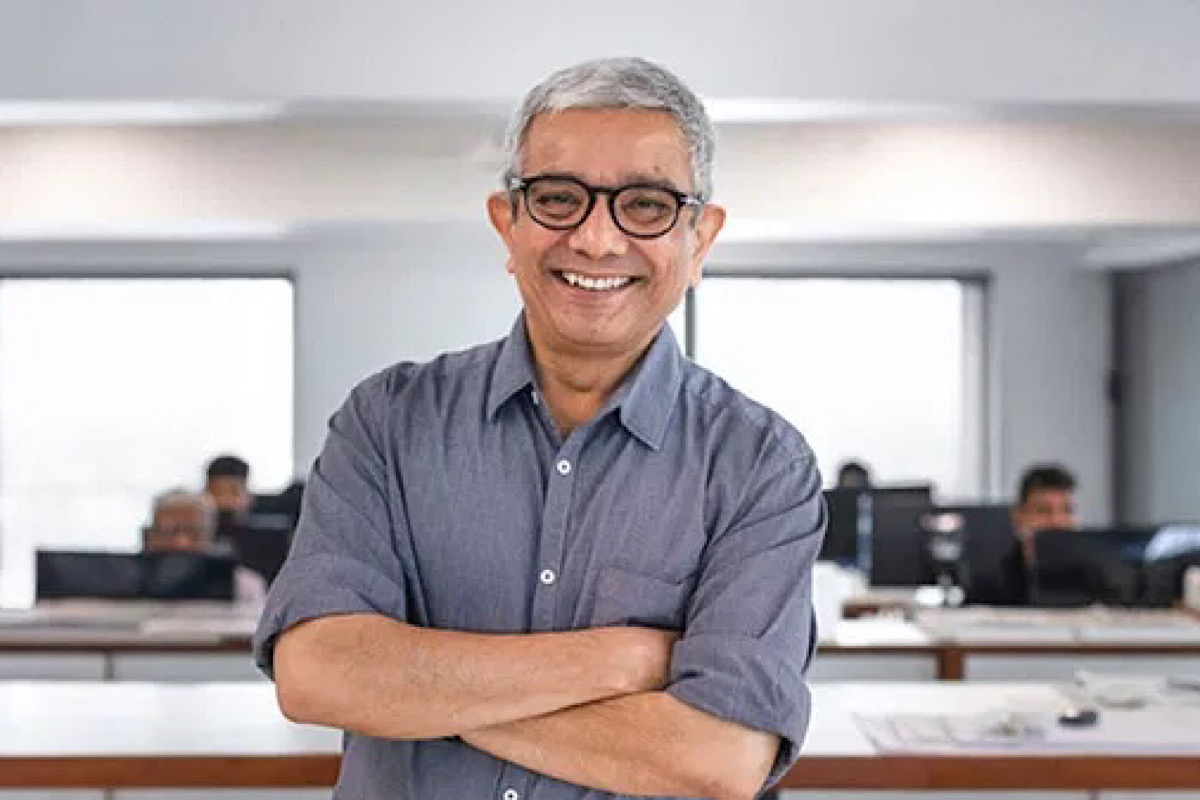Dr Bimal Patel is also designing the Kashi Vishwanath Corridor and was behind the first such project of the Sabarmati Riverfront
Dr. Bimal Hasmukh Patel, the architect of the New Parliament Building is from Ahmedabad in Gujarat. A Padma-Shri awardee, he is an urban designer, urban planner, and academic. Born on 31st August 1961 he is the Director of HCP Design Planning and Management Private Limited.
Dr. Bimal Patel heads HCP and has led work on a wide range of institutional, commercial, housing, industrial, urban design, and urban projects of planning across the country.
In 1996, Dr. Patel founded Environmental Planning Collaborative (EPC). It is a not-for-profit consultancy, policy research, and advocacy organisation.
EPC’s innovative approach and nationally recognized works have transformed planning and urban design in Gujarat. Patel is also designing the Kashi Vishwanath Corridor and was behind the first such project of the Sabarmati Riverfront.
Dr Patel has won various awards in the past
In March 2019, Dr. Patel received the Padma Shri award for applaudable work in architecture. His work has also been recognised internationally. Dr Patel has won numerous awards including the Aga Khan Award for Architecture (1992), World Architecture Award (1997), Prime Minister’s National Award for Excellence in Urban Planning and Design (2003), and the HUDCO Design Award (2013). Patel’s research and his work focuses on architecture and urban planning history, land use planning, real estate markets, building regulations, and land management.
After getting recognition around the globe, he showed interest in designing the New Parliament Building. He did justice to it and created a masterpiece, changing the traditional round design into a new triangular shape that can accommodate more technologically equipped chambers.
In the Lok Sabha, he used the national bird — peacock — as its theme, and in the Rajya Sabha he depicted the national flower — lotus — as its theme whereas in the central lounge courtyard, he used the national tree — banyan — as its main theme.
In over 35 years of his career, he has crossed disciplinary, professional, and institutional boundaries to explore how architecture, urban design, and urban planning can enrich the lives of people living in India’s cities.












